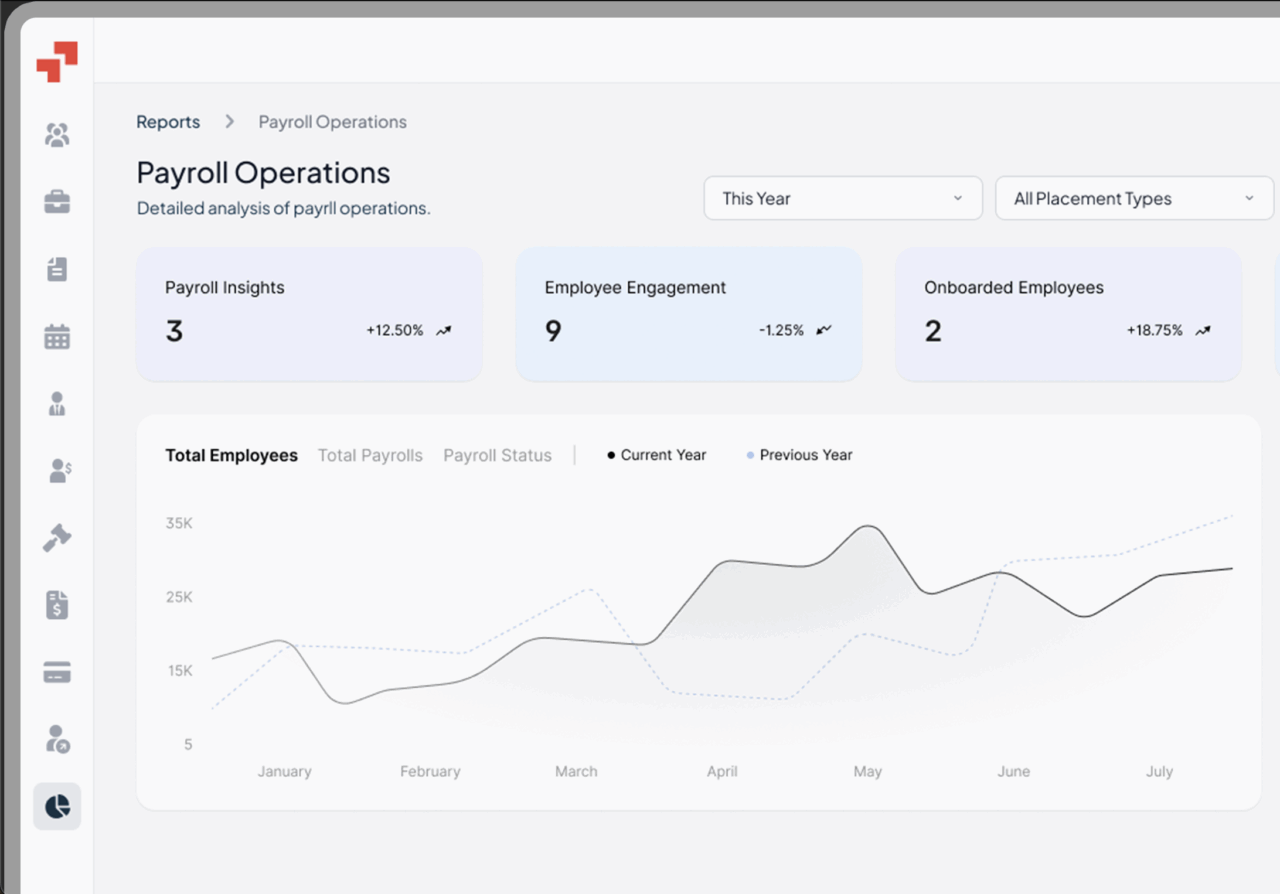Global Workforce GlossaryShadow Payroll
Related Terms
Global Payroll
Payroll Compliance
Tax Compliance
International Payroll Outsourcing
Managed Payroll
What is shadow payroll?
A shadow payroll is a secondary payroll record maintained in the host country for tax, social security, and reporting purposes while the employee’s actual pay is processed in the home country.
The shadow payroll process is typically required when employees are not physically paid in the host country, but their actual salary is used to calculate local tax obligations.
According to the IRS and HMRC, employers must withhold and report income tax in the jurisdiction where the work physically occurs, even if the payment originates elsewhere.
Table of Contents
- What are Pre-Tax Deductions and Contributions?
- Pre-Tax Deductions vs. Payroll Deductions
- How to Claim Pre-Tax Deductions
- Types of Pre-Tax Deductions
- How to Calculate Pre-Tax Deductions
- Benefits of Pre-Tax Deductions
- How Do Pre-Tax Deductions Impact Taxes?
- Compliance Considerations for Employers
- Examples of Pre-Tax Deductions
- Practical Example: U.S. Tech Startup Scaling Globally
- FAQ’s
When should shadow payroll be used for international assignments?
Shadow payroll should be used when an employee is temporarily assigned or seconded to another country but remains on the home payroll. It applies to situations where the employee physically works abroad, triggering host-country withholding obligations without transferring employment contracts or payroll operations.
Shadow payroll is typically required for an international assignment, such as when an employee works abroad on a two-year assignment, to ensure compliance with local tax and social security obligations.
This is typical for short-term assignments or cross-border remote work within the U.S.–EU or UK–EU frameworks.
What is the purpose of shadow payroll?
Its purpose is to maintain compliance in both home and host countries by ensuring correct tax withholding, social contributions, and statutory reporting, while also maintaining compliance with local tax laws and meeting reporting obligations to ensure compliance and avoid penalties.
It prevents double taxation under treaties such as the U.S. – UK Income Tax Treaty and aligns with OECD guidelines requiring income to be taxed where employment is exercised.
How does shadow payroll work?
The host-country payroll calculates taxable income, deductions, and contributions, but sets the net pay to zero since the employee is paid through the home payroll. The shadow payroll process ensures accurate calculation and reporting of payroll tax, local tax, and the employee’s taxable income, and that taxes paid are reported to the host country’s tax authorities. These entries are used to remit taxes and social security contributions locally.
For instance, under EU Directive 2011/16/EU, local authorities require income declarations even if the payment originates abroad.
Why does shadow payroll exist?
It exists because tax and social security laws are territorial. Companies must comply with the host country’s laws, local tax laws, and social security obligations when employees work in a foreign country.
Shadow payroll is used by multinational companies to manage compliance with tax laws in both home countries and foreign countries. When an employee physically performs work in a foreign jurisdiction, local law often requires reporting and withholding, even if the employer isn’t registered there.
Shadow payroll acts as a compliance bridge to avoid penalties, preserve treaty benefits, and align with global mobility best practices.
What’s involved in shadow payroll?
Running a shadow payroll involves determining tax residency, setting up host-country payroll registration, calculating income under local law, applying social security treaties, withholding taxes, filing reports, reconciling data with the home payroll, and ensuring intercompany accounting entries reflect reimbursements.
Establishing a robust shadow payroll framework and following best practices for shadow payroll processes are essential to ensure accurate income reporting and compliance with tax residency rules, often requiring close coordination with the home country’s payroll system. It often includes coordination with external tax advisors or local payroll partners.
What makes shadow payroll complicated?
Complexity arises from differing income definitions, residency tests, and reporting requirements across jurisdictions. Shadow payroll introduces potential risks and tax implications for both employers and employees, as errors can lead to unexpected liabilities and compliance issues.
Understanding and adhering to local and international tax regulations is essential to mitigate risk, ensuring that payroll processes are accurate and compliant. Exchange rate fluctuations, dual social security liabilities, benefit-in-kind valuations, and inconsistent fiscal years create reconciliation challenges. Misalignment between home and host payroll cycles can also trigger late filings or incorrect remittances.
Shadow payroll vs. regular payroll: what’s the difference?
Regular payroll disburses salaries and processes deductions locally. Shadow payroll, however, only mirrors compensation for tax and compliance without transferring funds.
The home payroll handles the actual payments. The shadow system ensures host-country tax authorities, such as HMRC or local EU regulators, have visibility over the employee’s taxable presence.
Shadow payroll is used to manage local tax obligations and tax liabilities in the host country, ensuring compliance with local tax laws and proper reporting of income and social security contributions.
Example Scenario: Implementing Shadow Payroll
Example 1
A U.S.-based marketing director is seconded to Germany for six months. The employer continues paying her in USD via the U.S. payroll but sets up a German shadow payroll to report and remit local income tax and social security contributions per Bundeszentralamt für Steuern rules.
The employee’s salary remains on the home country payroll, and tax equalisation policies, along with applicable tax treaties, help prevent double taxation and ensure proper calculation of income taxes in both countries.
The German system shows gross income, applies withholdings, and files statutory reports, while her U.S. payslip shows corresponding credits. This ensures compliance in both jurisdictions and prevents double taxation.
Example 2
Imagine a UK software firm seconding a developer to the Netherlands for four months.
The company maintains the employee on its UK payroll in GBP but creates a Dutch shadow payroll under Belastingdienst requirements. While employees continue to be paid from one country, the shadow payroll ensures compliance with the host country’s tax laws and social security obligations.
The shadow payroll calculates Dutch tax and social charges, remits them locally, and records the entries without processing a second salary payment. The UK payroll deducts the same income, preventing double taxation and ensuring accurate cross-border filings.
This dual-reporting structure keeps both the UK and Dutch authorities satisfied while maintaining centralized financial control.
What are the risks of running a shadow payroll?
Risks include miscalculating tax withholdings, non-compliance with bilateral social security agreements, GDPR violations in data transfer, or double taxation from poor treaty application. Late filings can trigger significant penalties up to €10,000 in some EU states and audit exposure under local employment tax regimes.
What are the best practices for managing shadow payroll effectively?
Centralise payroll operations with a global payroll vendor, maintain a compliance calendar per jurisdiction, automate data transfer between home and host systems, and align reporting cycles. These best practices are essential for managing international employees on international assignments and avoiding double taxation.
Use local advisors familiar with IRS, HMRC, or EU tax frameworks, and implement GDPR-compliant data-sharing protocols. Regular audits and tax equalisation policies further reduce exposure.
Hire the Best Talent, Anywhere






